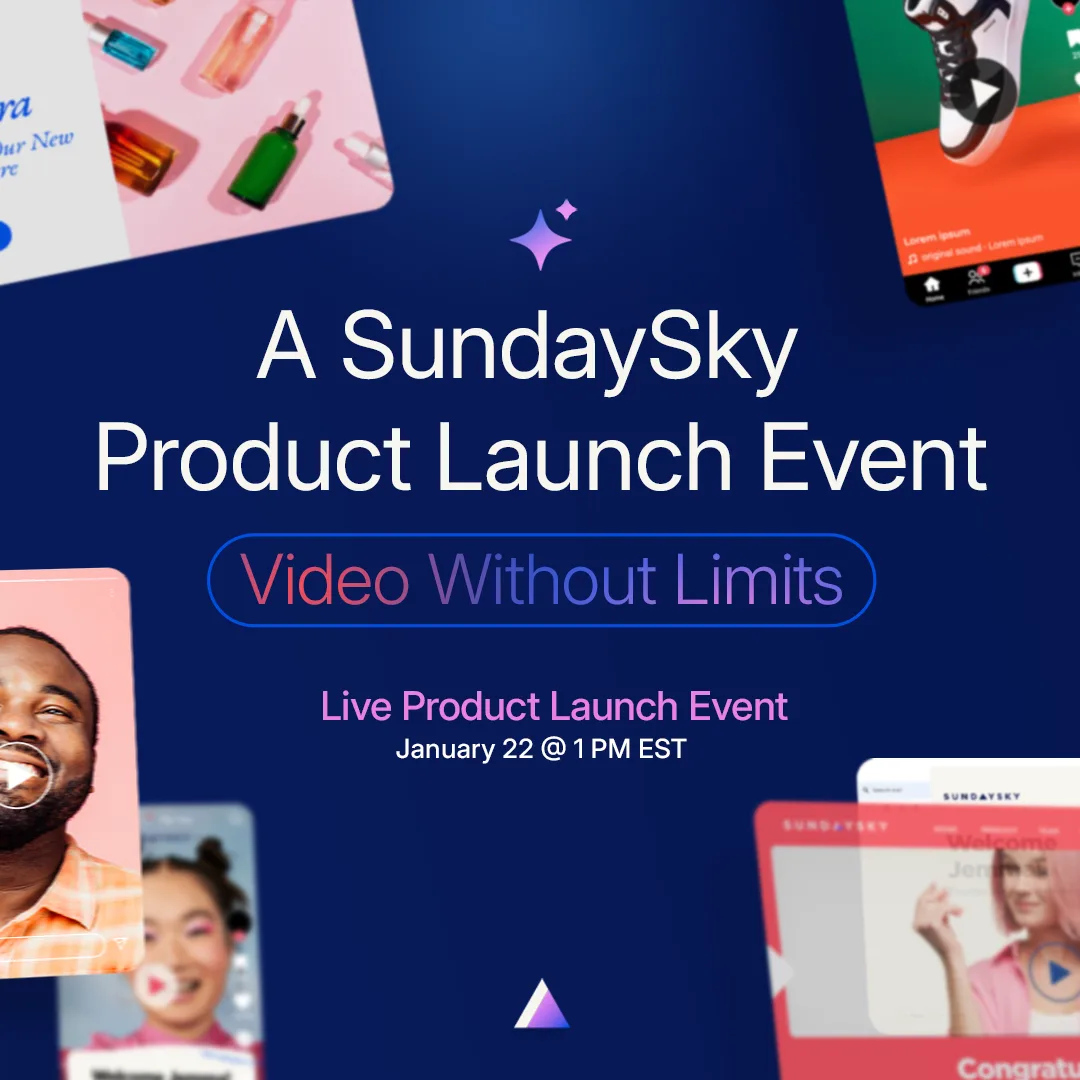In 1960, John F. Kennedy and Richard Nixon faced off in the nation’s first televised debate. Kennedy was a relative unknown when the event began, and by the end of the night, he had essentially secured his presidential bid. In the process, the cameras – and the 74 million viewers at home – demonstrated video’s ability to shape public opinion for a political candidate.
The combination of sight, sound and motion shared for the Nixon-Kennedy debate left a markedly different impression on voters than those only listening to the radio broadcast, and this power is still evident today. A staggering amount of money is put into political television ads – $4.4 billion will be spent on this year’s federal races, compared to $3.8 billion in 2012. Candidates putting money into TV ads doesn’t mean that voters are paying attention, though – and it also doesn’t mean they’re reaching the right people or holding their attention.
From TV ads to online video
Online video has adopted a leading role in the current election, as there’s a proven appetite for videos of a political nature. Three of the top 10 ads people chose to watch on YouTube in January 2016 were political ads, according to the YouTube Ads Leaderboard. These videos range between candidates and political bent – #5 on the list was Bernie Sanders with 2.8 million views, #9 was a Ted Cruz ad and #10 was an anti-Trump ad (with 624,000 and 587,000 views, respectively).
Media mainstays are also using video for political conversations, with Fusion and Vox among the outlets using Facebook Live as part of their election coverage. CNN and Facebook Live partnered to take on second-screening during the debates. The Huffington Post streams its coverage of the primaries through Facebook Live, and issued a memo commenting on the state of election coverage: “What will be different in covering the 2016 election is that this will be a campaign dominated by video, viewed largely on social platforms.”
The reason? The built-in, engaging nature of the content and the channel. Being online and on social media gives media brands a way to interact with audiences in a new manner, which they wouldn’t be able to achieve through traditional television broadcasts.
Video can humanize candidates.
While media brands use video to increase audience engagement, candidates also face pressure to do so. Donald Trump has used Periscope and Facebook Live to host interviews where he fields questions from viewers, while Hillary Clinton filmed a video that personally told a Trump supporter that she didn’t “have horns.” Bernie Sanders’ camp has created powerful, emotional videos, including a four-minute online film featuring activist Erica Garner, the daughter of Eric Garner, who died in a police chokehold in 2014.
The Sanders camp also leveraged the power of mobile video to reach Michigan voters between the ages of 24 and 45. In a state primary that was expected to go to Clinton, Sanders won. AOL credited the victory to Sanders’ mobile video strategy, which cut through the campaign season noise to reach voters while taking advantage of the growing video consumption trend.
What’s next for video on the political campaign trail?
Hillary Clinton’s response to an individual voter was on the right track in terms of its personalization. The ability of any candidate to achieve this at scale would be a major accomplishment, and its success remains to be seen.
Still, this election has added fuel to the personalized video trend. Politics and business always complement one another, and by the next election in 2020, it will likely be an expectation for all Fortune 1000 business-to-consumer companies to use personalized video to communicate with consumers. At that point, personalized video will be a more commonplace channel, and the 2020 candidates will also feature personalized video at scale.
Data is playing a leading role in the Presidential race.
The level of personalization and relevancy that can be achieved by any candidate is entirely dependent on available data. With the right data, personalized video can focus messaging on issues that voters have expressed interest in. Geographical information can help candidates generate content relevant to specific voting areas, while demographics can help tailor campaigns to reach families, individuals and certain age groups separately.
The source for any data is a major contributor in any video campaign, meaning that political candidates are now looking for cues in individuals’ web surfing behaviors to determine relevant topics and advocacy strategies. Videos can go a long way to help engage supporters as candidates invite them to dinners, fundraisers and rallies, as they can personalize messages and stress certain issues. The video medium can also help sway get-out-the-vote campaigns by encouraging unregistered voters to sign up, while educating them about key issues and voting locations.
In a data-driven media landscape, and one where video and social play a major role in news and communications, it’s no surprise that the political campaign trail relies on personalization to rally voters – or that candidates have turned to video to elevate themselves in viewers’ eyes. After all, at this point in the game, any candidates that lagged behind in the video and social race have dropped out completely. By relying on audience data and targeting messages on a one-to-one level, the remaining candidates will continue to push the boundaries of personalized video and campaigning, and set a precedent for elections to come.






